Expansion of Route Networks
The expansion of route networks is a critical driver for the Intercity Buses Market, as it enhances accessibility and convenience for travelers. Operators are increasingly identifying underserved regions and introducing new routes to cater to diverse customer needs. Recent data shows that the introduction of additional routes has led to a marked increase in ridership, particularly in rural and suburban areas. This expansion not only attracts new customers but also fosters competition among operators, leading to improved service quality and pricing strategies. As the intercity bus network continues to grow, it is anticipated that the Intercity Buses Market will experience sustained growth, driven by enhanced connectivity and customer choice.
Growing Environmental Awareness
The rising awareness of environmental issues is driving a shift towards more sustainable travel options, significantly impacting the Intercity Buses Market. As consumers become increasingly conscious of their carbon footprints, many are opting for intercity buses over more polluting modes of transport. Recent surveys indicate that a substantial percentage of travelers prioritize eco-friendly options when planning their journeys. This trend is further supported by the industry's efforts to adopt greener practices, such as utilizing alternative fuels and implementing energy-efficient technologies. Consequently, the Intercity Buses Market is likely to benefit from this growing preference for sustainable travel, positioning itself as a viable alternative in the transportation landscape.
Rising Demand for Affordable Travel
The Intercity Buses Market is experiencing a notable increase in demand for affordable travel options. As consumers seek cost-effective alternatives to air travel and personal vehicles, intercity buses present an attractive solution. Recent data indicates that intercity bus ridership has surged, with many operators reporting a rise in passenger numbers. This trend is particularly evident among younger travelers and budget-conscious individuals. The affordability of intercity bus services, combined with the convenience of various routes, positions this market favorably. Furthermore, the competitive pricing strategies adopted by bus operators contribute to the overall growth of the Intercity Buses Market, as they attract a diverse customer base looking for economical travel solutions.
Technological Advancements in Operations
Technological advancements are reshaping the Intercity Buses Market, leading to improved operational efficiency and customer satisfaction. The integration of GPS tracking, mobile ticketing, and real-time updates enhances the travel experience for passengers. Data from recent studies indicates that bus operators utilizing advanced technology report higher customer retention rates and increased ridership. Moreover, the implementation of fuel-efficient technologies and eco-friendly practices aligns with the growing emphasis on sustainability within the industry. As technology continues to evolve, it is likely that the Intercity Buses Market will witness further innovations, potentially attracting a broader audience and increasing overall market share.
Government Support and Infrastructure Development
Government initiatives aimed at enhancing public transportation infrastructure are significantly influencing the Intercity Buses Market. Investments in bus terminals, dedicated lanes, and improved road conditions facilitate smoother operations for intercity bus services. Recent reports suggest that several countries are allocating substantial budgets to upgrade transportation networks, which directly benefits the intercity bus sector. Additionally, policies promoting public transport usage over personal vehicles align with sustainability goals, further bolstering the market. This supportive environment encourages new entrants and existing operators to expand their services, thereby enhancing the overall capacity and efficiency of the Intercity Buses Market.


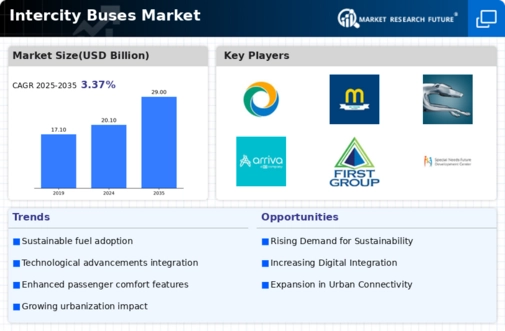
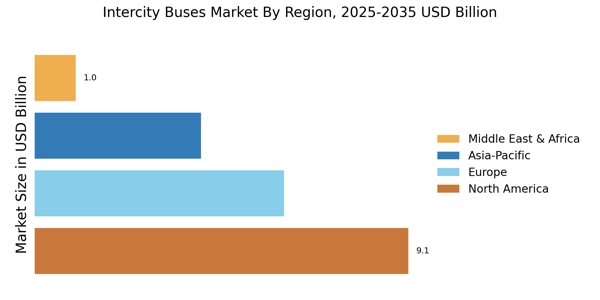
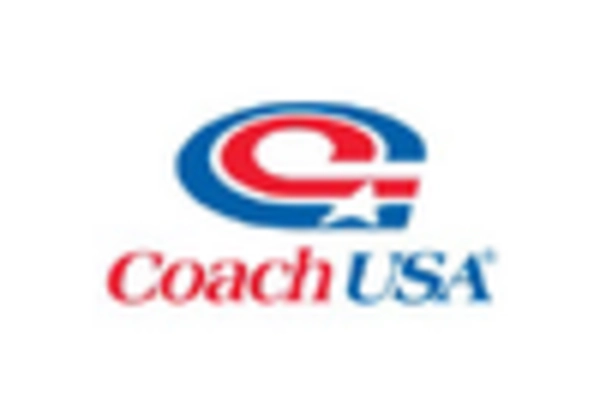
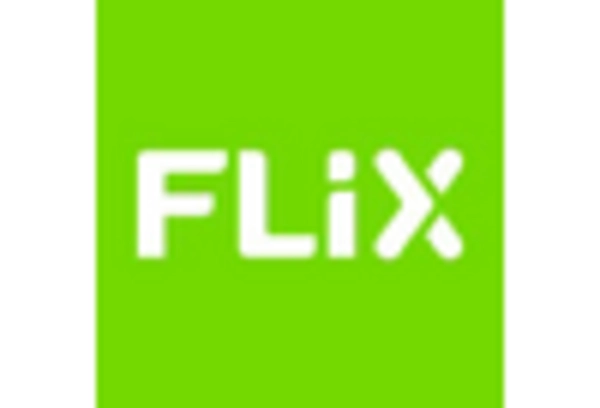

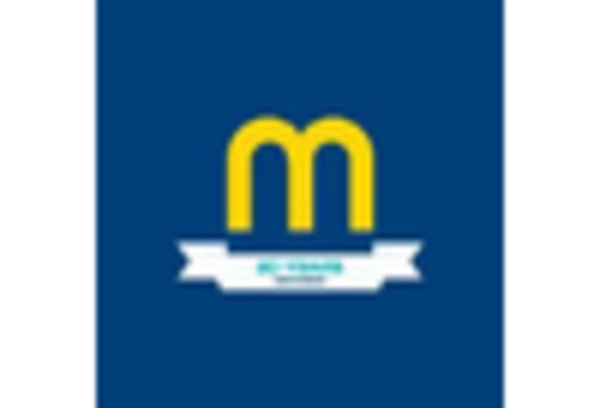
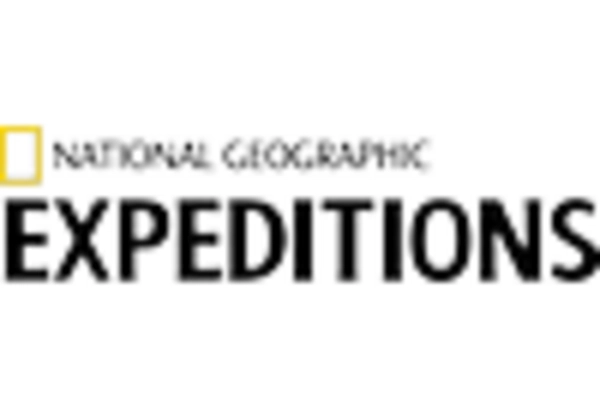
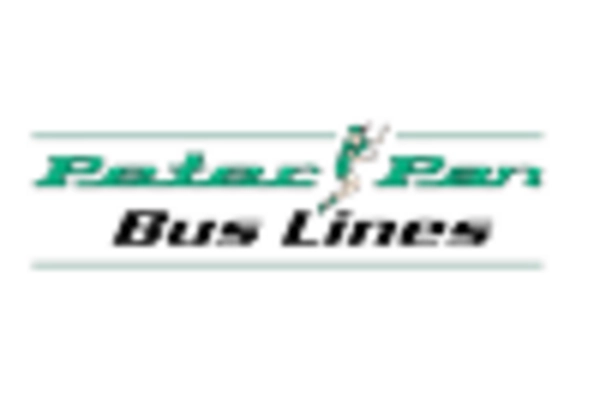








Leave a Comment